Wherever relationship between disparate things is recognized, there intelligence lies. Each thread woven into the fabric of Mahboobeh Kalaee’s The Fourth Wall could have found its rightful place elsewhere, on its own; but, guided by this filmmaker’s artful eye, fantasy, hope, despair, anger, repression and catharsis merge.
The Fourth Wall is a stop motion animation, the medium wherein anything can happen and in which it would seem to follow that the artist/animator works in an environment of unbounded freedom. But to achieve that illusion of freedom the artist must create or re-create everything. She must create a universe. And, while it can be argued that every film represents a universe unto itself, the fact remains that the constituent parts of a conventional narrative film —settings, costumes, furniture, people— all exist before shooting begins. When working in stop motion animation, the door for universe-building opens only to those who have the patience, the energy, the sophistication and the vision to attempt such a thing. Kalaee is one of these. In The Fourth Wall she explores the fiery dynamics of family. Its setting is, of course, a kitchen — the molten core of many a family drama. Kalaee’s kitchen setting is a world of tile into which we are beckoned by the sweet voice of a small boy who introduces himself by calling attention to his stutter.
“Sometimes,” he whispers in Farsi [The film’s English subtitles are quoted here], “people’s voices are torn”
“Like this”
“T t t this is”
“N n n not”
“M m m my v v v voice”
Then, over the image of two bare legs — feet in red slip-on sandals, one resting on a soccer ball, the other on a floor of black and white tiles — the voice says, without a stutter,
“But this is my ball”
“And this is my mom too”
“She cries a lot, but cleans well”
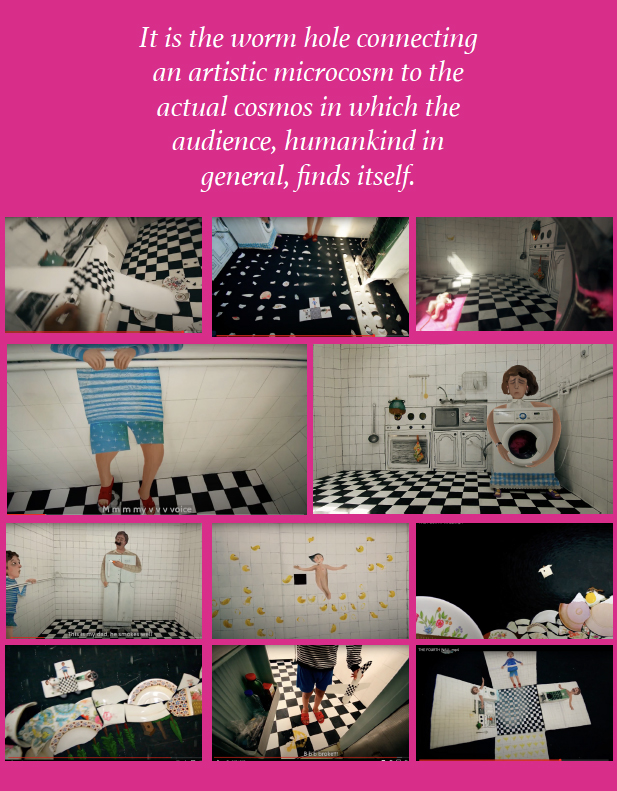
The mother, a painted figure, is from the chest down a washing machine next to a stove and sink on a wall to the boy’s right. To the boy’s left, opposite his mother, is the father, a refrigerator from the armpits down, standing in front of an unadorned white tiled wall smoking a cigarette.
“This is my dad,” the boy says,” he smokes well.” “And I’m too watching well,” the boy says from his own wall at right angles to those of the two parents and against which wall he is perched behind a water pipe in a manner uniquely available to two-dimensional beings.
So the scene is set: an afflicted child between an unhappy mother and an impassive father —a family of three, each family member existing on one wall of this kitchen/universe and a fourth wall yet unclaimed, a pristine surface of white tile save for the presence of a single, chirping, painted bird. It is on the blank page of this white wall that Kalaee projects in primordial symbol the radiant discharge of the family’s struggle.
The term “fourth wall” carries with it a symbolism of its own. In the performing arts, it is the wall that does not exist through which an audience can observe a fictional world. It is the wormhole connecting an artistic microcosm to the actual cosmos in which the audience, humankind in general, finds itself. In the universe that Kalaee has created, the fourth wall would seem to represent all things hopeful and bright. The narrator’s new baby brother takes up residence there. At the narrator’s urging, the baby begins populating the tiles of the fourth wall with birds and ultimately flies away — birds, baby, wall and all— leaving the family and its tensions exposed by a fourth wall that has reverted to its theatrical purpose.
Take the above mentioned bird, for instance, solitary and chirping in a way that the narrator likens to his stutter. Told that he may cure his broken speech by eating pigeon egg, the boy protests in his incurably sunny way, “But if I don’t eat it, it turns into a bird.”
[“If I got rid of my demons, I’d lose my angels.” — Tennessee Williams]
In the end everything seems to have resolved into a kind of settled brokenness. But the journey from a stuttering boy, his weeping mother and smoking father to a baby retrieved from a mountain range of fragmented dishes (formerly projectiles) is a visual feast, unified in style, connected by visual analogies and segues that one suspects are laden with more symbolism than this viewer is able to decipher. At once witty, beautiful and psychologically complex, Mahboobeh Kalaee’s work is worth watching and her future work worth awaiting.
Credit is also due here to the masterful voice work of Taha Asadi and the tasteful sound design of Hossein Ghoorchian. G&S

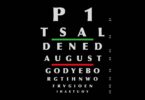
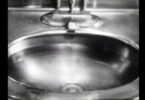
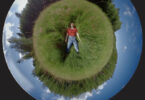
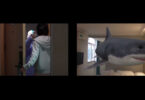
Leave a Comment